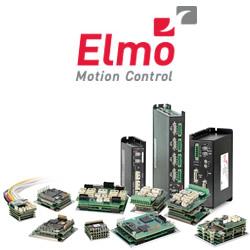Farming is going digital. Can antitrust law keep up?
Daniel Oliver for Washington Examiner: In 1967, the U.S. population was 199 million. Today it’s 325 million. And yet American agriculture feeds all those people easily, and a lot more besides. In fact, agriculture is one of America’s strongest industries. It creates American jobs on, literally, American soil, and has produced a trade surplus in every year since 1959.
How come? Because of American know-how, midwifed through the magic of competition. Competition keeps prices down. Competition also encourages innovation — and farming today is a highly innovative, high tech enterprise, dependent on advanced chemistry, genetics, robotics, big-data, and even climate science.
Competition, however, can be stifled when two big competitors merge, as Bayer and Monsanto are planning to do now. Bayer doesn’t just make aspirin. Bayer’s Crop Science Division is one of the leading agricultural research and development companies in the world, and it competes directly with Monsanto, which is even bigger.
There are three key dimensions to modern farming: seeds (developed through genetic engineering as well as traditional breeding), crop protection (herbicides, fungicides, and other pesticides), and information technology, or what is now called “digital farming.” Full Article:
Comments (0)
This post does not have any comments. Be the first to leave a comment below.
Featured Product

